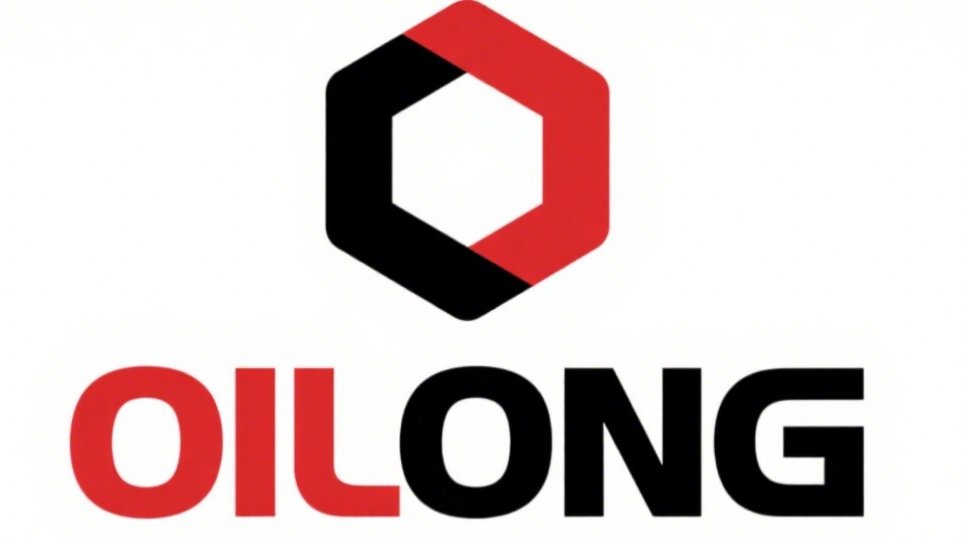🔍 Difference Between API 600 and API 6D Gate Valves
For industrial buyers sourcing gate valves, understanding standards like API 600 and API 6D is critical—choosing the wrong one can lead to system inefficiencies, safety risks, or compliance failures. While both govern high-quality gate valves, their design goals, applications, and specifications differ significantly. Below’s a clear breakdown to help you select the right valve for your pipeline.
📜 What Are API 600 and API 6D?
First, let’s clarify the purpose of each standard:
- API 600: Published by the American Petroleum Institute (API), this standard focuses on steel gate valves for general industrial service. It’s designed for valves used in oil, gas, petrochemical, and refining applications, emphasizing durability under high pressure and temperature.
- API 6D: Also an API standard, it covers pipeline valves (including gate valves, ball valves, and check valves) specifically engineered for trans pipeline systems (e.g., long-distance oil/gas transmission). It prioritizes pipeline integrity, leak-tightness, and compatibility with pipeline operations.
🔑 Key Differences Between API 600 and API 6D Gate Valves
🌍 Application Scope
- API 600 Gate Valves:
Used in process plants (refineries, chemical plants, power stations) where valves operate in closed-loop systems. They handle frequent cycling, high pressure, and aggressive media (e.g., crude oil, acids). - API 6D Gate Valves:
Designed for trans pipeline networks (cross-country oil/gas lines, subsea pipelines) where valves are part of long-distance, high-flow systems. They focus on minimizing leakage (critical for environmental safety) and withstanding constant, low-cycling operation.
⚖️ Pressure & Temperature Ratings
- API 600:
- Pressure classes: Primarily covers Class 150 to Class 2500 (up to 420 bar).
- Temperature range: -29°C to 425°C (-20°F to 800°F) for standard designs; extended ranges available with special materials.
- Focus: High-pressure, high-temperature (HPHT) service in harsh industrial processes.
- API 6D:
- Pressure classes: Includes Class 150 to Class 2500 and metric ratings (PN 16 to PN 420), but with a focus on pipeline-relevant ranges (often Class 150 to 600 for long-haul lines).
- Temperature range: -50°C to 121°C (-58°F to 250°F) for standard models; customizable for extreme conditions (e.g., subsea -10°C to 180°C).
- Focus: Consistent performance in pipeline pressure (typically lower cycling, but critical for leak-tightness).
🛠️ Design & Construction
- API 600:
- Body Material: Primarily carbon steel, alloy steel, or stainless steel (for corrosion resistance). Cast or forged bodies, with thicker walls to handle high pressure.
- Bonnet Design: Uses bolted bonnets (common) or pressure-sealed bonnets (for Class 900+ to prevent leakage under extreme pressure).
- Sealing: Metal-to-metal seating (standard) for high-temperature service; soft seats optional for low-temperature, non-abrasive media.
- API 6D:
- Body Material: Carbon steel, stainless steel, or duplex steel (for subsea/ corrosive pipelines). Forged bodies are common for strength; cast bodies allowed but with stricter testing.
- Bonnet Design: Bolted bonnets (most common) or welded bonnets (for leak-tightness in critical pipeline sections, e.g., subsea).
- Sealing: Mandates fire-safe design (per API 607/6FA) and “double block and bleed” (DBB) options for pipeline isolation. Soft seats (PTFE, PEEK) are standard for bubble-tight shutoff, with metal seats available for high temp.
🧪 Testing Requirements
- API 600:
- Tests include: Shell hydrostatic test, seat leakage test (low-pressure air or water), and operation test.
- Leakage tolerance: Allows minimal leakage (e.g., 0.1 cc/min per inch of valve size for metal seats) under test pressure.
- API 6D:
- More stringent testing for pipeline safety:
- Shell and seat tests (higher pressure duration: 30 minutes vs. 10 minutes for API 600).
- Extended leakage test: Requires “zero visible leakage” for seats (critical for pipeline environmental compliance).
- Additional tests: Pipeline-specific checks (e.g., torque verification, end connection alignment, and compatibility with pipeline coating).
- More stringent testing for pipeline safety:
📏 Size Range
- API 600:
Covers smaller to medium sizes: NPS 2 to NPS 24 (50 mm to 600 mm), with larger sizes (up to NPS 48) available by special order. - API 6D:
Focuses on larger pipeline sizes: NPS 2 to NPS 48 (50 mm to 1200 mm), with some manufacturers offering up to NPS 60 for major transmission lines.
🔒 Compliance & Certification
- API 600:
Certified valves carry the API monogram, ensuring compliance with material, design, and testing requirements for industrial service. - API 6D:
Requires stricter certification, including API 6D monogram with additional marks for fire safety (API 607) or subsea service (API 17D). It also mandates traceability of materials and full documentation for pipeline operators.
🤔 Which One Should You Choose?
- Pick API 600 gate valves if:
You need valves for refineries, chemical plants, or power stations with high pressure/temperature, frequent cycling, or aggressive media. - Pick API 6D gate valves if:
Your project involves trans pipelines (oil/gas transmission), subsea systems, or requires strict leak-tightness, fire safety, and pipeline integration.
